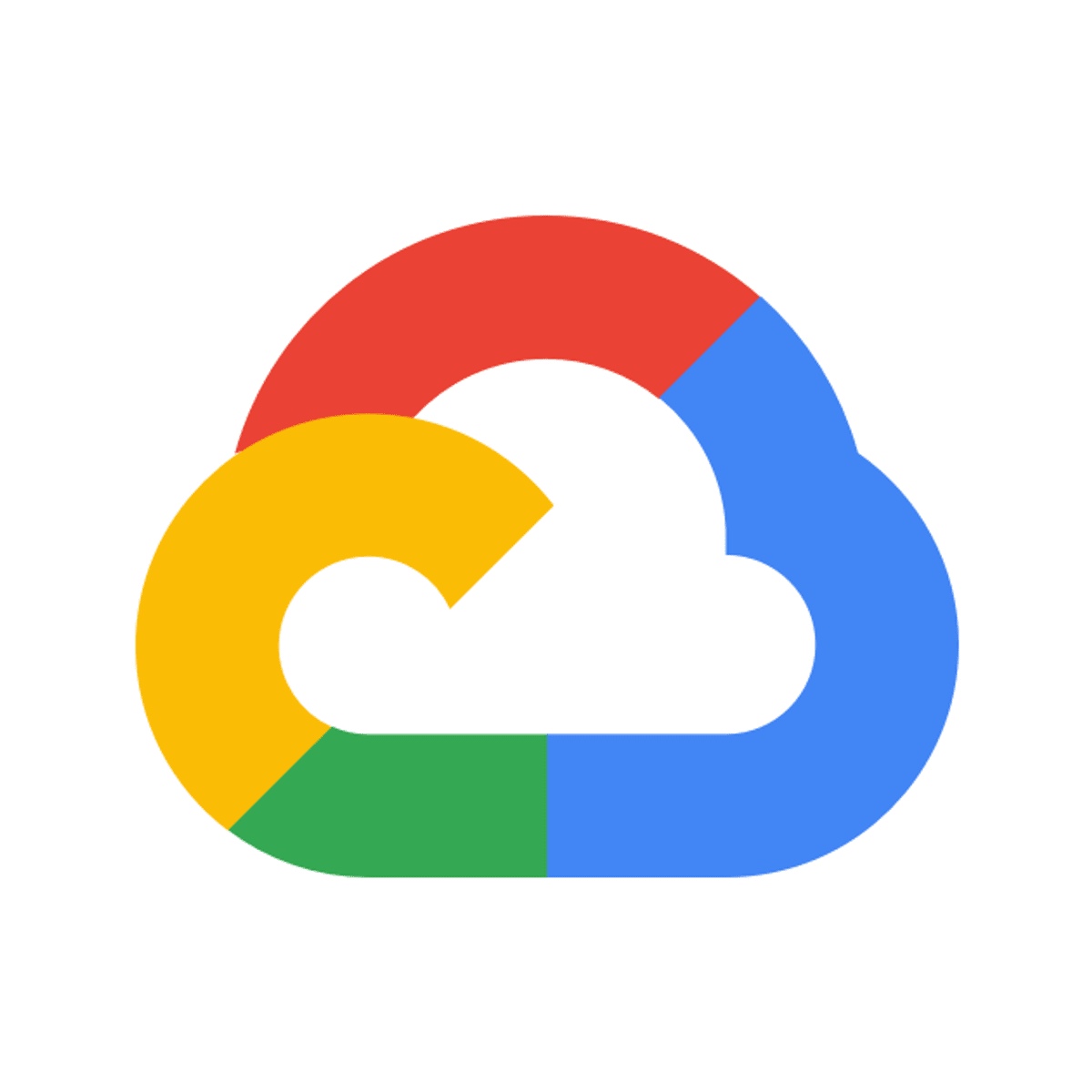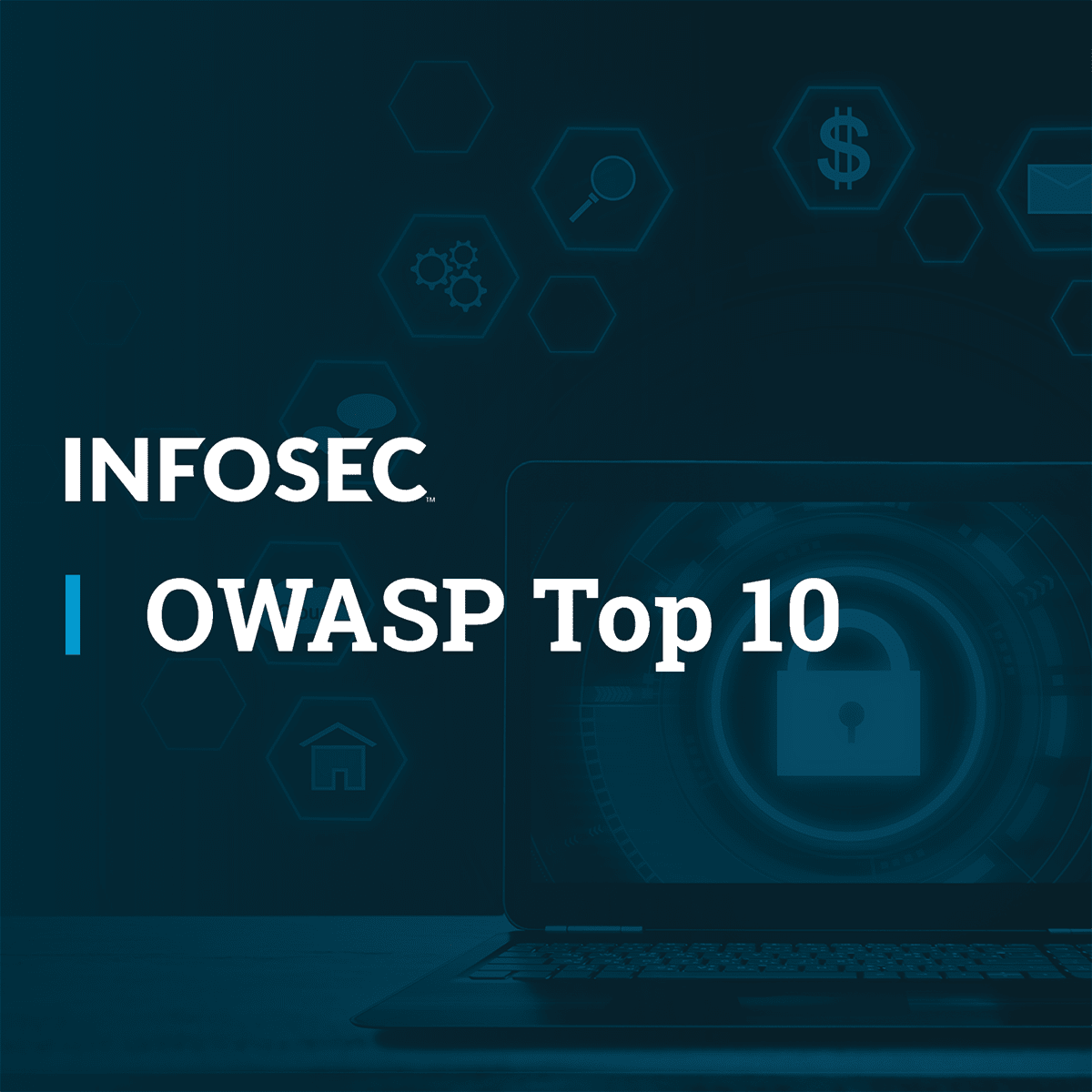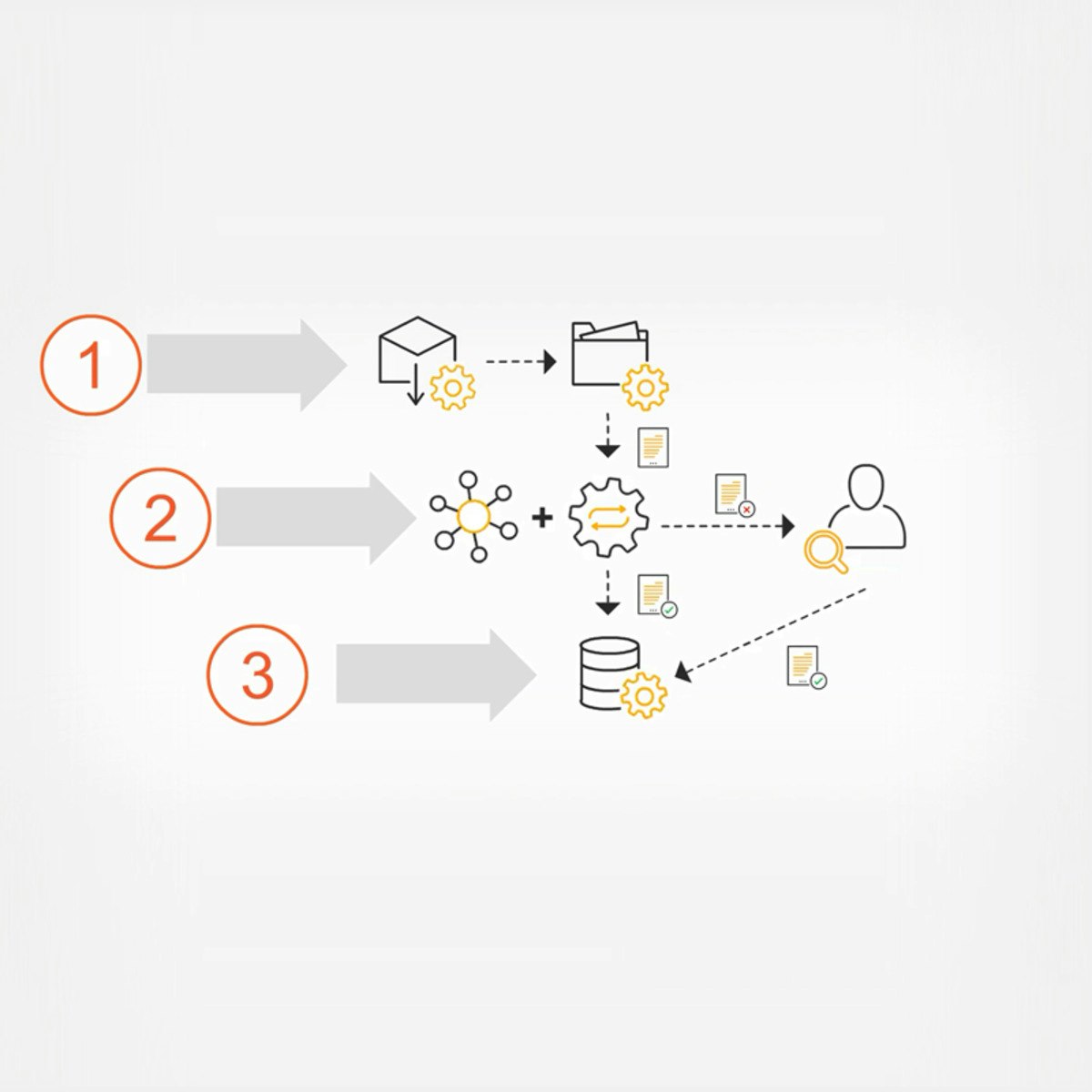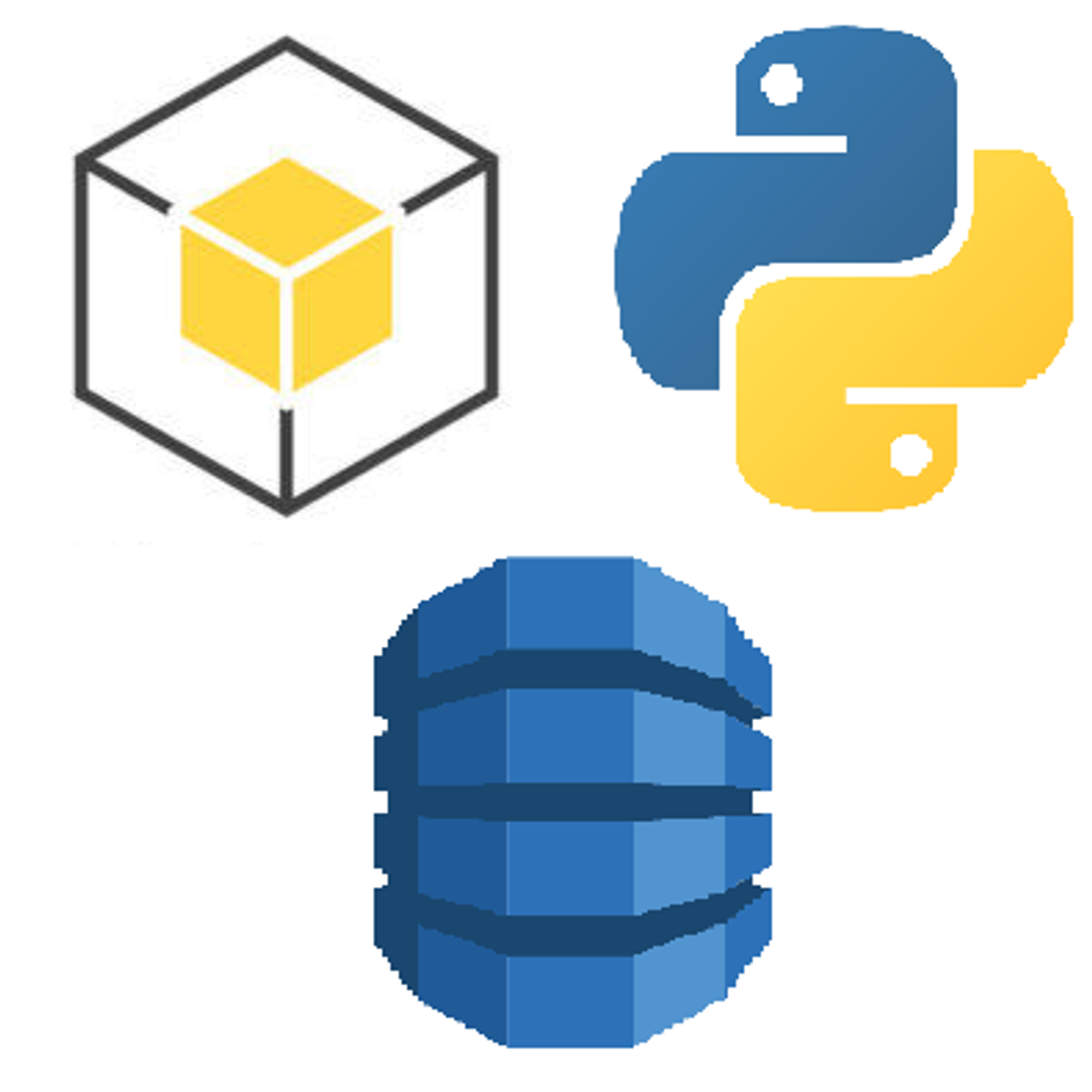Back to Courses









Information Technology Courses - Page 92
Showing results 911-920 of 1471

Create Docker Container with Flask Seaborn Regression Plot App
Often a software application developed on one platform will not run on another because of software environment differences. Sometimes it can happen when an operating system is updated, for example. Suddenly an application starts to fail. Containers solve that problem by creating a controlled environment in which to run the application, separate from the host machine’s environment. The container contains a specific version of each software package that is known to work with an application at a given point in time. Docker is an application that allows the developer to generate containers to easily build and share applications.
In this course, you will create a Docker container in which you will implement a web application using flask in a Linux environment. The application will return a regression plot of data housed in a CSV file on the server.
Note: This course works best for learners who are based in the North America region. We’re currently working on providing the same experience in other regions.

Setting up a Minecraft Server on Google Compute Engine
This is a self-paced lab that takes place in the Google Cloud console. In this lab, you'll learn how to install, configure, and run a standard Minecraft server on Google Compute Engine. You will also learn basic customization of the server and scheduling backups.

Previous OWASP Risks
In this course, we will examine three very relevant security risks that were merged into larger topics in the OWASP Top Ten 2021 list. It’s still important to know the details of how these risks work. We will explore XML External Entities (XXE), Cross-Site Scripting (XSS) and Insecure Deserialization.

iOS App Capstone
In this capstone course, you’ll demonstrate your proficiency in your new skill set by creating a native iOS app.
By the end of this course, you’ll be able to:
-Build a native iOS mobile app
-Publish and sell it on the Apple Store
You’ll gain experience with the following tools and software:
-SwiftUI and MVC architecture
-APIs
-Core Data
-iOS development tools and environments
-Geolocation software
-Application design and development libraries

Functions, Methods, and Interfaces in Go
Continue your exploration of the Go programming language as you learn about functions, methods, and interfaces. Topics include the implementation of functions, function types, object-orientation in Go, methods, and class instantiation. As with the first course in this series, you’ll have an opportunity to create your own Go applications so you can practice what you’re learning.

Create and Deploy an ERC-20 Token on Polygon
This is a self-paced lab that takes place in the Google Cloud console. In this lab, you'll create your own ERC-20 token and deploy it on the Polygon Testnet.

Cognitive Solutions and RPA Analytics
Millions of companies in the world today are processing endless documents in various formats. Although Robotic Process Automation (RPA) thrives in almost every industry and is growing fast, it works well only with structured data sources.
What about the data that’s not fully structured and comes in varying layouts? To address this problem, there is another aspect of RPA that is taking the industry by storm: cognitive automation.
While implementing RPA, you can deploy automations with “cognitive” capabilities. Cognitive automation uses Artificial Intelligence (AI) to learn and understand the same way the human brain works. Thus, it assists humans in making decisions, completing tasks, or meeting goals. Using cognitive automation, you can extract semi—or unstructured data—which is 80% of all data!
Data is a precious asset. Businesses struggle to make sense of large volumes of available data and to generate a tangible value from them. Manual business processes barely contain any data that is available for capture. This is where Robotic Process Automation (or RPA) Analytics comes in. RPA bots don’t just automate business processes; they also digitize them. They take the large volume of data and interpret it in near real-time to provide actionable information.
In this course, you will be introduced to cognitive automation, the role that AI plays in it, and Automation Anywhere’s cognitive solution, IQ Bot. You will also be introduced to RPA analytics and explore how Automation Anywhere’s Web Control Room and Bot Insight can provide this functionality.
As you begin this course, you will learn the six steps to deploy cognitive automation. Next, you will explore the IQ Bot portal – Automation Anywhere’s web-based application for developing the cognitive IQ bots. You will then learn to use the portal by following the IQ Bot workflow.
Next, you will learn how RPA analytics help interpret and improve automated business processes. You will see how Bot Insight functions as an RPA analytics platform.
You will also explore the different types of RPA analytics and learn how to generate RPA analytics via two mechanisms – the Web Control Room for Operational Analytics and Bot Insight for Business Analytics and CoE Analytics.
Finally, you will learn how to use the RPA mobile app to study and edit the default CoE dashboard that is published via Bot Insight.

Working with Amazon DynamoDB using Python & Boto3
In this 2-hours long project, we will look at how to work with DynamoDB, a fully managed NoSQL Database provided by Amazon Web Services (AWS) using Python & Boto3. We will look at how to generate credentials to programmatically access AWS resources. We will then look at how to create a DynamoDB Table and load data in it. We will then move on to how to perform CRUD operations in DynamoDB which include Create new records, Reading, updating and deleting existing records.
We will then look at how to perform Queries to retrieve data from a table using the primary key. We will then look at Scan operation which reads every item in the entire table and look at how to apply filters on the retrieved data to retrieve data without using a primary key. Finally we will see how to create an Index, specifically Global Secondary Index (GSI), to perform queries (an efficient alternative to Scan) on the database using fields which are non-primary key.
Note: This course works best for learners who are based in the North America region. We’re currently working on providing the same experience in other regions.

Using gsutil to Perform Operations on Buckets and Objects
This is a self-paced lab that takes place in the Google Cloud console. In this lab you will use gsutil to create a bucket, then perform operations on objects inside the bucket.

Deploy a BigQuery ML Customer Churn Classifier to Vertex AI for Online Predictions
This is a self-paced lab that takes place in the Google Cloud console.
In this lab, you will train, tune, evaluate, explain, and generate batch and online predictions with a BigQuery ML XGBoost model. You will use a Google Analytics 4 dataset from a real mobile application, Flood it!, to determine the likelihood of users returning to the application. You will generate batch predictions with your BigQuery ML model as well as export and deploy it to Vertex AI for online predictions.
Popular Internships and Jobs by Categories
Browse
© 2024 BoostGrad | All rights reserved


